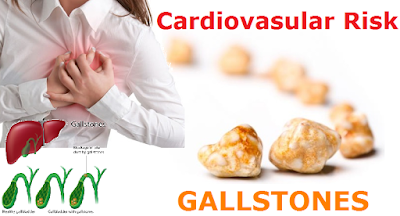Most of the time people try to lose a few pounds so they like that reflection in the mirror a little more, but it turns out the benefits of weight loss may extend well beyond looking better in your swimsuit.
A new study suggests that, if you’re an older woman, shedding excess pounds may also reduce your risk of developing endometrial cancer, a potentially deadly disease with which tens of thousands of women are diagnosed each year.
 |
| A close-up image of a slim young woman with a belly fat after giving birth. Woman's torso with some belly fat. Abdominal fat. |
Source: msn.com/en-us/health/medical










